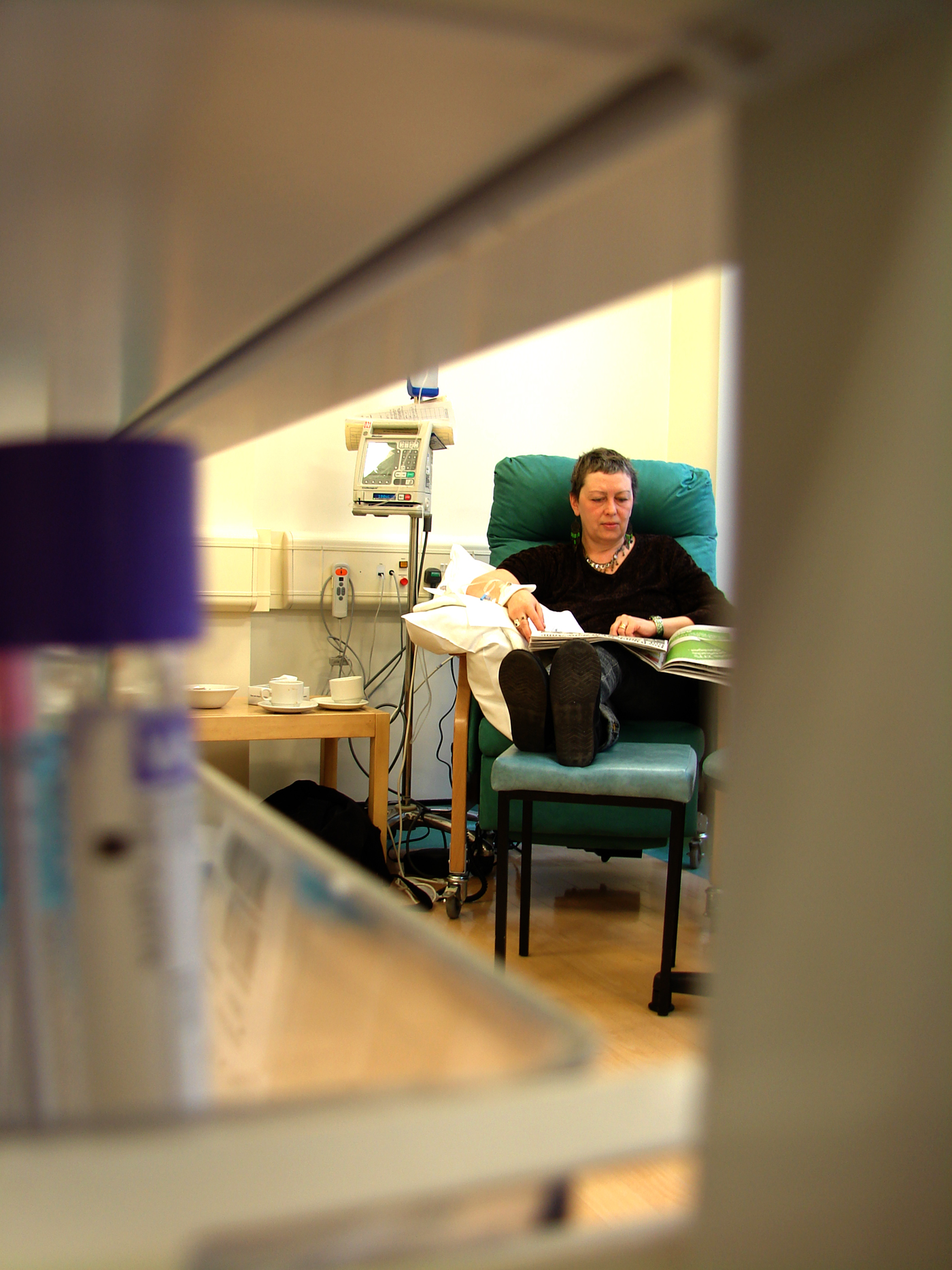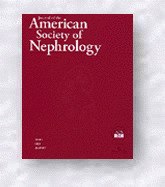Health eHome Report: Institute Without Boundries

Hospitals are institutions that are vital to the human population; their standing in society is unquestionable and it is with great reliance that we live with them. But how can we bring together design and technology to administer health outside of hospitals?
The IwB, in collaboration with its commutual cohorts, presented the idea of having health care convenient to you in your very own home—the Health eHome. They explored the idea of embedding health care in the home by embracing technology, essentially giving your house the ability to “take care of youâ€.
In recent years, there has been an increase in the value that we have been placing on our quality and independence of life. Health care is a crucial institution in society that is helping to support our desired lifestyle.







